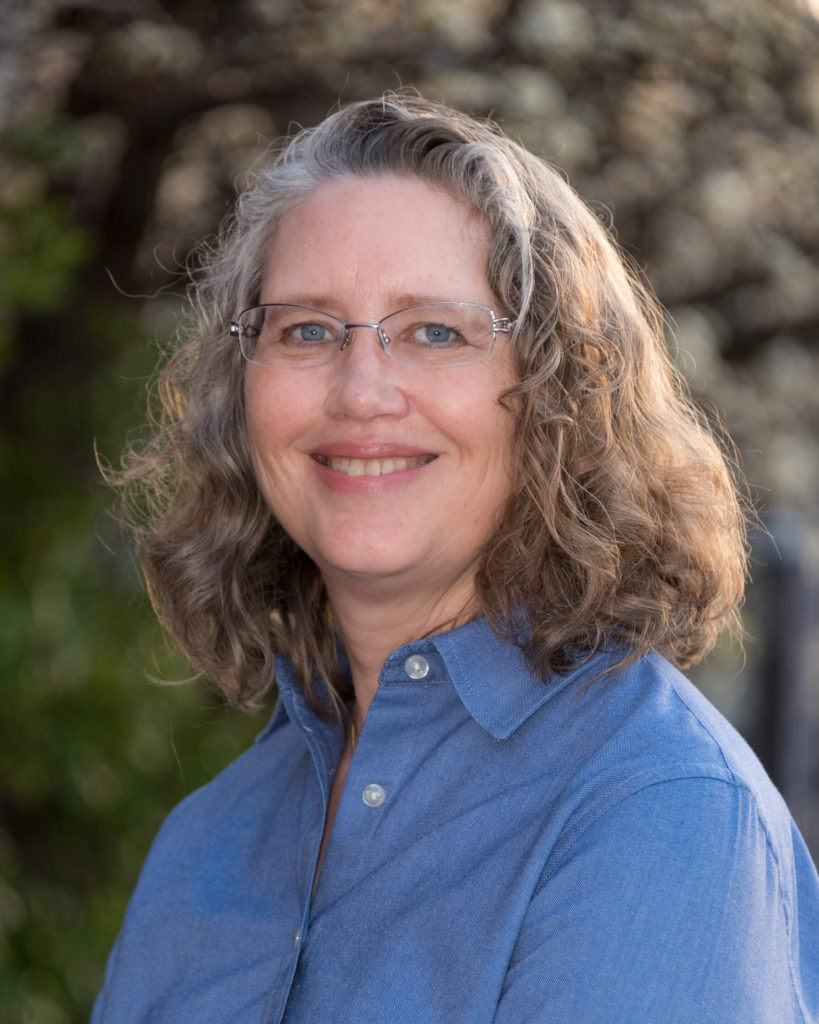
About seven years ago I was serving as a volunteer in San Rafael, CA with my synagogue’s bikkur cholim group, the group of people who visit those who are sick or elderly, when Rabbi Michael Lezak, who leads the group, started talking about expanding it into a chevra kadisha, which literally means, “holy group of friends.” Traditionally, these are the people who watch over the deceased between death and burial (called shmirah), and who ritually wash, dress, and place the body in the casket (a process called taharah), in accordance with Jewish custom.
“Get close to death,” he said, “It will bring you closer to life.”
I thought he was nuts. On TV and in the movies, people who work in funeral homes are always depicted as creepy, and I am not a creepy person. On a deeper level, I was terrified of being in a room with a dead body. I was concerned I might faint. What if it gave me nightmares? What if it made me throw up?
Long ago, I promised myself I wouldn’t let fear run my life…that, other than real physical threats, when I found something I was afraid of, I would walk toward it. So when Rabbi Lezak said a rabbi specializing in taharah would be teaching a class on it in a nearby city, I went. And when the local Jewish funeral home came to the synagogue to teach us taharah, I attended those classes, too. My plan was to just learn about it, and then maybe do shmirah, which just involves sitting in a room with a casket reading Psalms, a few times to get used to the idea of being near a dead person, and then maybe I’d watch a taharah being done, so I could decide whether I might eventually feel comfortable assisting with one myself.
As they say, we make plans and God laughs. The day after we finished the training, a beloved member of our congregation died. Due to a number of circumstances I won’t go into here because doing so would be an invasion of the privacy of the deceased, I ended up volunteering to lead the group doing the taharah for her. I knew being the leader would help bolster my courage. The group needed me to lead; I couldn’t afford to faint.
When we arrived, I reviewed the procedure with the group, we took a moment to compose ourselves, and then we walked into the room. You might imagine it would be scary, or creepy, or unpleasant in some way, but it was not. The best way I can describe it is a quiet, profound sense that we were about to do something holy.
Rabbi Mel Glaser teaches that when we walk into a room to do taharah, in our mind’s eye we see three people lying on the table. First, we see the person we are there to wash. Second, we picture someone we care about, who may be alive or dead, with whom we have some unfinished business. And third, we picture ourselves lying on that table some day. It is a sobering experience.
Because this was our first time, we went through the process slowly and deliberately, reading the instructions in our manual, following each step, and reciting the corresponding liturgy. First, we washed her body to remove any makeup, nail polish, dirt, etc. This involves that same type of washing which is done before the mikvah (the Jewish ritual bath), so there will be absolutely nothing between the person’s body and the cleansing mikvah waters. As this is done, we read parts of the “Song of Songs,” praising her body (a different but similar section from the Song of Songs is read for a man, praising his body).
Then we filled three buckets of water, constituting more than the minimum amount of water required for a mikvah, and poured them over her in one continuous flow, while we chanted “taharah hi,” which means, “she is pure,” three times.

Afterward, we dried her with towels, and dressed her in traditional white burial garments. Then came the time to place her in her casket. We were trained to use a mechanical lift for this part, since a dead body can be heavy and unwieldy. But she’d had cancer for a long time, and had lost a lot of weight.
I had been focusing my concentration on leading the group through the procedure as we had been taught, but then my attention shifted. I looked at her lying there, so frail and yet beautiful, dressed all in white, and I knew the mechanical lift wasn’t for her. Instead, three of us cradled her in our arms, and gently lifted her off the table. I looked into her face as we tenderly settled her into the casket, and I thought, “It is so rare for us to know, in any moment in our lives, whether what we are doing is the right thing. Right now, in this moment, I know with absolutely certainty that we are doing the right thing.” It was a moment I will never forget.
It took us about two hours to perform the taharah. After so much time of intense concentration on the task at hand, after spending every minute of that time in direct contact with death, we walked out of the room, and stepped outside. As I looked around, all I could see was trees, and grass, and birds.
When Rabbi Lezak said, “Get closer to death: It will bring you closer to life,” I had dismissed the notion out of hand. Now, having done taharah for the first time, I was overwhelmed with how right he was. Suddenly, all I could see, everywhere I looked, was life.
 Susan Esther Barnes is on the board of directors of Kavod v’Nichum, which assists in the formation and education of chevra kadisha groups throughout the United States and Canada. She is a founding member of the chevra kadisha at Congregation Rodef Sholom in San Rafael, CA, where she trains new members regarding taharah (pre-burial purification), and where she participates in taharah and shmirah (sitting with the body pre-burial), as well as visiting people who are ill or elderly. Susan has taught about Jewish traditions regarding death and dying at Limmud Bay Area, Vacaville State Prison, and the Bay Area Jewish Healing Center. You can read her blog at www.jewishjournal.com/religiousandreform.
Susan Esther Barnes is on the board of directors of Kavod v’Nichum, which assists in the formation and education of chevra kadisha groups throughout the United States and Canada. She is a founding member of the chevra kadisha at Congregation Rodef Sholom in San Rafael, CA, where she trains new members regarding taharah (pre-burial purification), and where she participates in taharah and shmirah (sitting with the body pre-burial), as well as visiting people who are ill or elderly. Susan has taught about Jewish traditions regarding death and dying at Limmud Bay Area, Vacaville State Prison, and the Bay Area Jewish Healing Center. You can read her blog at www.jewishjournal.com/religiousandreform.


Grok Nation Comment Policy
We welcome thoughtful, grokky comments—keep your negativity and spam to yourself. Please read our Comment Policy before commenting.